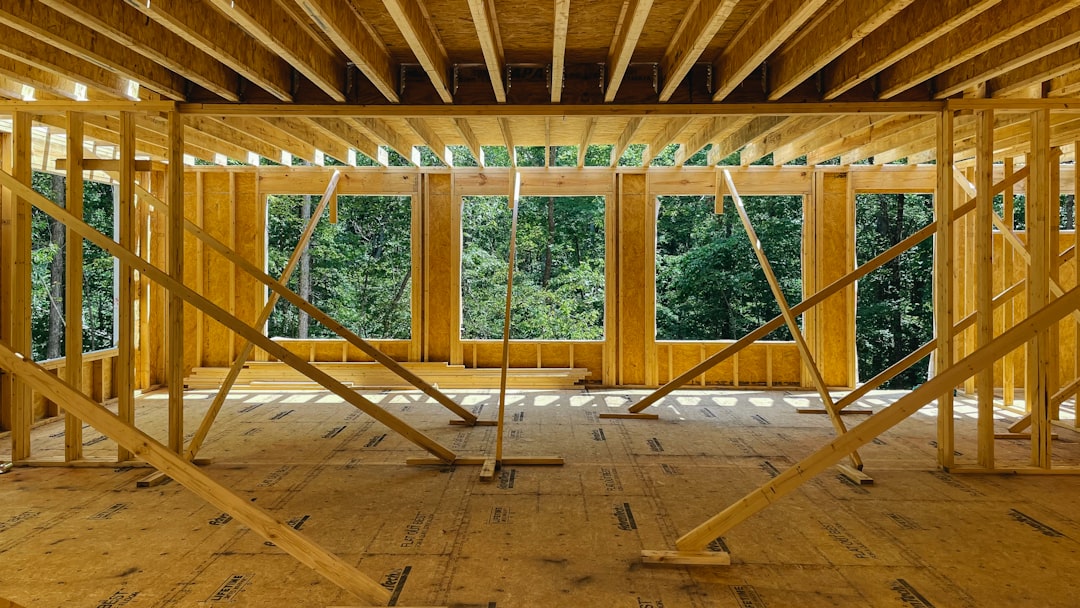
For construction professionals in Portland, ME, choosing the right partner for hardwood flooring projects is crucial. With costs ranging from $6.50–$9.00 per sq. ft. for materials and $3.25–$4.50 per sq. ft. for installation, it's essential to select a provider that understands the unique challenges of coastal humidity and temperature fluctuations. CountBricks combines local expertise with AI-driven tools to ensure your projects are completed on time and within budget.
1. Voice-First Scoping
Our platform captures room dimensions and design goals through a quick conversation, streamlining the initial phase.
2. Instant Blueprint Takeoffs
Upload your home layout to automatically calculate square footage and necessary materials.
3. Live Materials Feed
Access real-time lumber costs to ensure accurate pricing for oak, maple, or hickory selections.
4. One-Click Estimate & Invoice
Transform your scope into a detailed proposal, ready for digital approval and integration with accounting apps.
Portland's climate demands careful selection of wood species. Consider:
Our recommendations are backed by data from recent installations, ensuring informed decisions.
Our crews adhere to NWFA guidelines, documenting every stage for transparency.
1. Book a consultation.
2. Receive an AI-powered estimate.
3. Schedule site verification.
4. Select materials at our showroom.
5. Approve the proposal.
6. Begin installation.
7. Complete a post-install quality walk.
Contractors benefit from:
Our vetted subcontractor network simplifies project management.
Expect to spend:
Our dashboard helps you monitor price fluctuations and lock in favorable rates.
From historic homes to new builds, CountBricks offers precision and peace of mind. Request your estimate at CountBricks.com.

A 1902 brownstone in Portland's West End required a cohesive flooring solution. The challenge included varied subfloors and tight timelines.
1. AI takeoffs from original blueprints.
2. Engineered white oak selected for optimal thickness.
3. Glue-assist plus nail method for stability.
4. Custom radiator vent covers matched onsite.
Plan your renovation with CountBricks. Book a consultation at CountBricks.com.